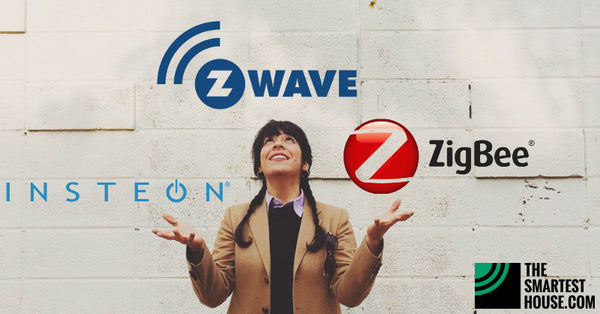- Home
-
Shop By Brand
-
Product Type
-
Hubs and Controllers
-
Lighting Controls
-
Sensors
- Water Valves
- Smart Plugs
- Sirens and Chimes
- Range Extenders
- Thermostats
- Blinds and Shades
- Cameras
- Accessories
-
-
Shop By Hub
- Value kits
- Pro Portal
-
Help





MikeC
February 04, 2017
After many years with HA that started when X-10 was the only choice, I agree Z-wave is the best protocol choice by far.
Previous comments refer to (trying to advertise and sell?) hubs and software, not the subject, which is protocols.